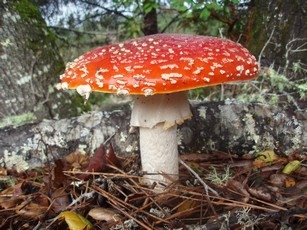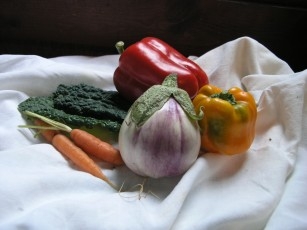 Seems to me that I'm still waiting for winter to start. I look hopefully each week at the weather forecast hoping to see a storm developing. The birds in my garden are already starting to pair up, however, and call to each other. They know a new season has begun. So, as promised, at the beginning of each month, here's your to-do list of what you should be doing in the garden.
Seems to me that I'm still waiting for winter to start. I look hopefully each week at the weather forecast hoping to see a storm developing. The birds in my garden are already starting to pair up, however, and call to each other. They know a new season has begun. So, as promised, at the beginning of each month, here's your to-do list of what you should be doing in the garden.
Each year the weather is a little different requiring some tasks to be done earlier in the month when it's been a warm winter while giving you a little extra time when it's been cold. This year we've experienced very cold nights since December so plants are still mostly dormant but spring is coming. Be prepared.
Cut back woody shrubs. To stimulate lush new growth on plants like Mexican bush sage, artemisia and butterfly bush cut back to within a few inches of the ground. Don't use this approach on lavender or ceanothus – only lightly prune them after blooming. Prune frost damaged shrubs if you can tell how far down the die back goes otherwise wait until growth starts in the spring. Prune fuchsias back by a third and remove dead, crossing branches and interior twiggy growth. Container fuchsias can be cut back to the pot rim. Revitalize overgrown or leggy hedges by cutting back plants just before the flush of new spring growth.
Cut back ornamental grasses to within 3-6" of the ground. If you get very heavy frost in your yard wait until the end of the month. Grass-like plants like Japanese forest grass should have all the old blades pruned off, too. You can divide them, if needed, after pruning to increase the number of plants you have.
Divide perennials before new growth starts. Agapanthus, asters, coreopsis, daylilies, shasta daisy and liriope are plants that tend to become overcrowded and benefit from dividing.
Prune established perennials later in the month if you get frost that may damage new foliage. Giving your maiden hair ferns a haircut now allows the new growth to come out fresh. Prune winter damaged fronds from your other ferns.
Begin sowing seeds of cool season vegetables outdoors. If it's been raining, allow the ground to dry out for several days before working the soil. Plant seeds of beets, carrots, chard, lettuce, peas, spinach, arugula, chives kale and parley directly in the ground. Later in the month start broccoli, cabbage and cauliflower. You can also plant starts of many of these vegetables and that stir fry will be on your table even sooner. Indoors, start seeds of tomatoes, peppers and eggplant so they will be ready to transplant outdoors in 8 weeks when danger of frost is past and the soil has started to warm up.
Fertilize perennials, shrubs and trees their first dose of organic all-purpose fertilizer for the season. Wait to feed azaleas, camellias and rhododendrons until the last flower buds start to open. Roses will get a high nitrogen fertilizer to give foliage a boost and later next month, I'll feed with a high phosphorus fertilizer to encourage blooms.
Feed chelated iron to azaleas, citrus and gardenias to green up their leaves. Cool soil makes the leaves of these plants yellow this time of year.
Apply the last application of dormant spray. Spray with horticultural oil, lime sulfur, liquid sulfur or copper dormant spray. Do not spray 36 hours before rain is predicted. Be sure to spray the ground around each tree.


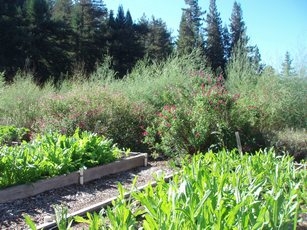 Linda Butler starts all her vegetables from seed, and grows year-round. Some are started directly in the beds while others are started in flats and transplanted later. Cole crops, such as broccoli, cauliflower and cabbage, would get eaten by bugs and birds would eat them as fast as they germinated so these are started in flats.
Linda Butler starts all her vegetables from seed, and grows year-round. Some are started directly in the beds while others are started in flats and transplanted later. Cole crops, such as broccoli, cauliflower and cabbage, would get eaten by bugs and birds would eat them as fast as they germinated so these are started in flats. 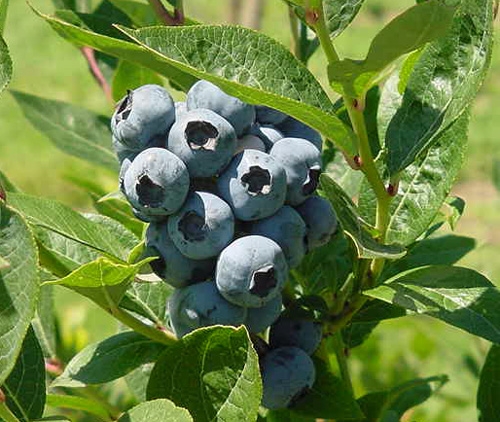
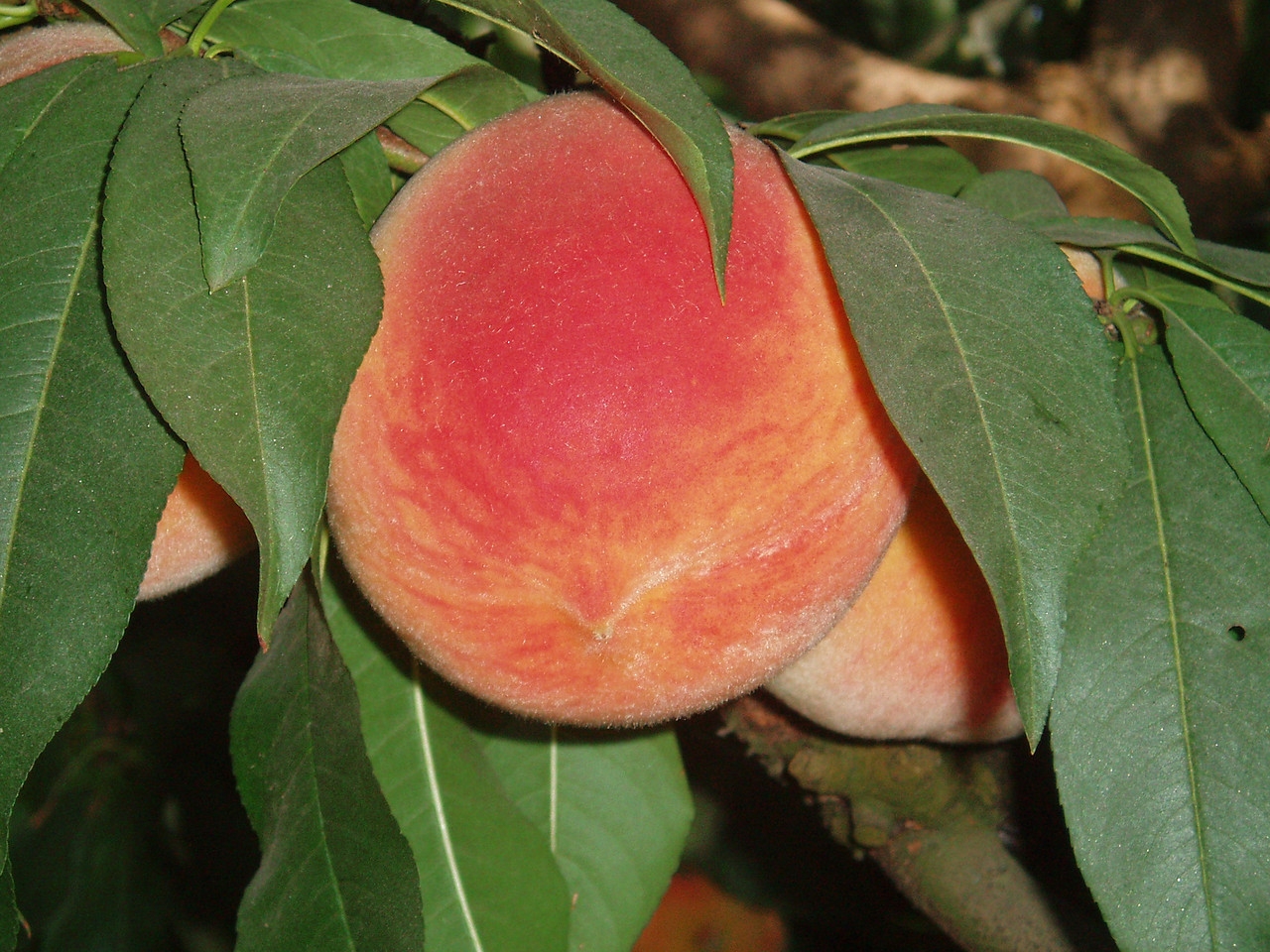 Love biting into a juicy peach in the summertime? Try growing Santa Barbara, considered the best tasting peach for homeowners. Flesh is yellow, freestone and red near the pit. It has a melting texture, delightfully sweet, combined with the delicious peach flavor. Peaches are self-fertile. This variety requires only 300 hour of chill below 45 degrees so is good for warmer winter areas as well as the mountains.
Love biting into a juicy peach in the summertime? Try growing Santa Barbara, considered the best tasting peach for homeowners. Flesh is yellow, freestone and red near the pit. It has a melting texture, delightfully sweet, combined with the delicious peach flavor. Peaches are self-fertile. This variety requires only 300 hour of chill below 45 degrees so is good for warmer winter areas as well as the mountains. 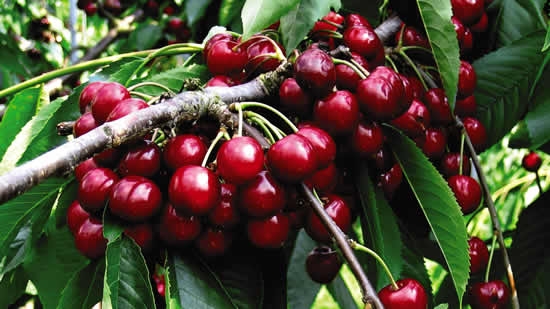 pollinizer for all sweet cherries.
pollinizer for all sweet cherries. 